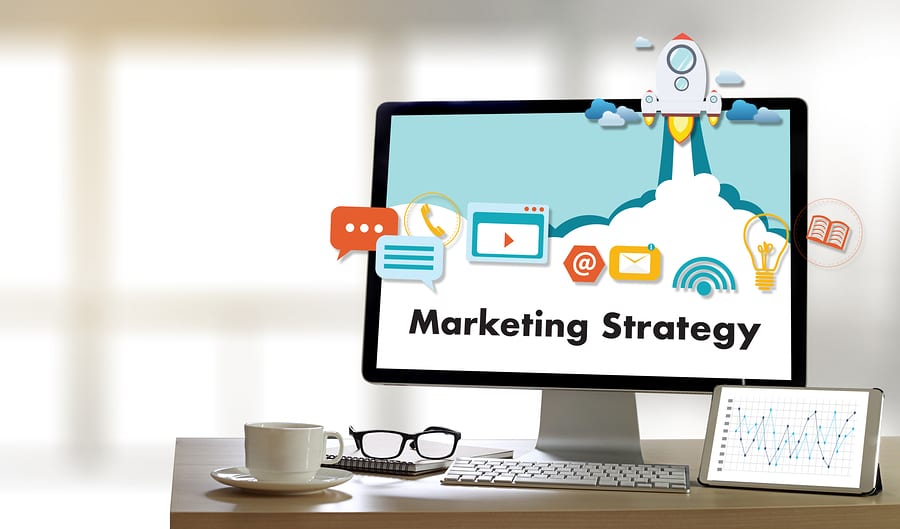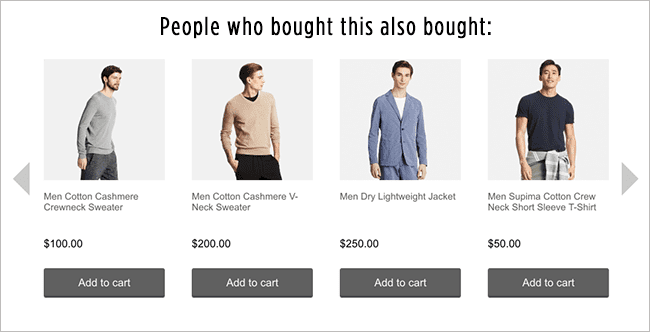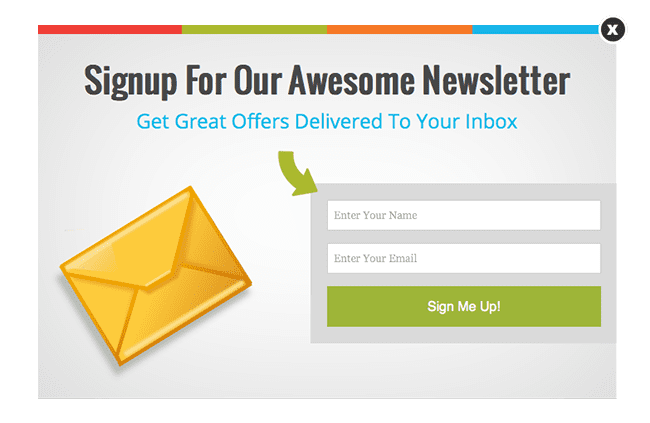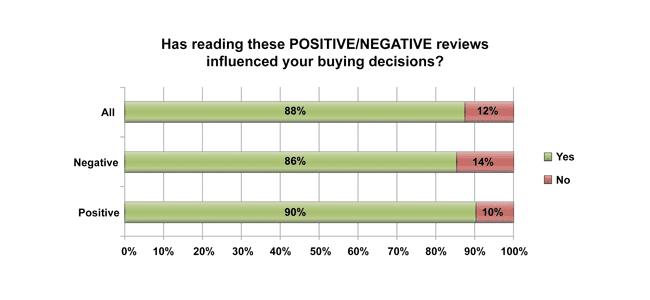6 Simple Ecommerce Marketing Tips That Work

Marketing budgets have increased annually for 85% of brands over the past six years, a trend that will continue into 2019 and beyond. Even if your online store doesn’t have the deepest pockets, there are some simple changes that you can make that won’t cost you a fortune, but that have been proven to deliver dramatic results. Here are six ecommerce marketing tips that can get you started, even if you have a shoestring budget.
Personalize Your Store
Social media has taught us a new and more effective ecommerce strategy that wins over more customers than just about any method: Personalization. A janrain study helps us make better sense of this, finding that approximately 74% of consumers lose interest or become frustrated with online stores that do not personalize their offerings.
To improve your ecommerce conversion rate, you’ll want to make your online store more appealing to consumers by catering the experience to their direct interests. Doing so can help you reel in 73% of consumers who only do business with companies that deliver a tailored shopping experience, explains Digital Trends.
So how do you make your online store offer a personalized experience for your shoppers?
A simple method is to use a personalized recommendation plugin, something that most online shopping carts offer (WooCommerce, Shopify, Bigcommerce and many others all feature these types of premium plugins in their app store). When shoppers land on a specific product page, these plugins then display a carousel of related products (see the screenshot below) and prices that the shopper may also be interested in. According to Invesp, your shoppers are 43% likelier to close the sale if the shopping experience is personalized.

You can take things a step further by sending personalized emails. Emails can do wonders for improving your bottom line among your target demographic, in particular when they are an opt-in subscriber base. We’ve already covered this topic in depth in a related post: “These Email Marketing Statistics Prove This Niche Is Very Much Alive.” The skinny on it is that when personalized emails are sent out to your customer base, there’s a very strong 250% chance of them converting on the products being advertised, with an average sales uplift of 12% per campaign.

Integrate Live Chat
Adding something as simple as a live chat feature to your online store can increase conversions exponentially, and is the simplest of all ecommerce marketing strategies you can implement. Regardless of what shopping cart or web host that you’re using, there are plenty of live chat plugins to consider, and most are offered at a reasonable monthly or annual fee. According to an eConsultancy survey, 31% of consumers are likelier to make a purchase after they have used the live chat feature at an online store.

While there are various reasons why a customer may use the live chat feature on your website, most (79%) are doing so to answer product related questions they have. About 46% of shoppers agree that it’s a more effective communication method than phone or email, too.
In short, if a shopper has questions about a product that may sway them away from making a purchase, but finds that those questions or concerns are answered in a timely manner from a support rep, you can imagine how far that goes in convincing said shopper to convert on the sale; not to mention how strong of a loyalty and retention improving tool it can be.
Ask Shoppers to Opt-In
Before you can capitalize on email marketing, you need to first build a strong subscriber base for your email list. A number of plugins are available for shopping carts and websites that will enable you to create a simple opt-in popup form. It’s really one of the simplest and most effective of all ecommerce marketing strategies that you can add to your regimen. When creating your opt-in, make sure that you use an overlay as opposed to an inline form. This is because an eConsultancy case study finds that overlays improve opt-in signups 400% more than inline forms.

Is adding an opt-in form to your online store worth it, and does email marketing for ecommerce going to produce substantial revenue for your business?
A recent Mail Chimp report finds that ecommerce marketing emails get a 16.75% open rate with an average click-through rate of 2.32%, generating about a 12% return on investment overall. This is significant revenue when you consider how many subscribers you can grow your opt-in list to over a relatively short period of time.
Offer Free Shipping
If there is one thing that online shoppers want more than anything else, it’s free shipping. Many retailers gawk at the notion of giving customers free shipping because they immediately think about the impact it will have on their bottom line. However, there is a creative way around this that you can take by working the cost of shipping into your bottom line by promoting something that’s called a free shipping threshold.
A free shipping threshold is where you set a minimum order value (e.g. free shipping on orders of $50 or more). This encourages customers to meet this threshold in order to get free shipping, something that increases your average order value by a large margin, while satisfying one of the most demanded conveniences by consumers.
- According to eConsultancy, 58% of shoppers will add one or more products to an existing order to qualify for free shipping.
- A related UPS study also finds that 80% of shoppers want either free shipping or a free shipping threshold or they’ll abandon the shopping cart.
Feature Verified Customer Reviews
Shoppers can sometimes struggle to convert simply due to the fact that they have questions or concerns about a product that cannot be answered by looking at a digital image of it. This is especially true with apparel, which shoppers are unable to try on before buying, as well as with electronics—which shoppers are unable to use before buying. The simple workaround here is to add verified product reviews to your online store. Study after study has found that online product reviews improve profits, and are a simple addition to any online store.
A Bazaarvoice study that analyzed 57 million online product reviews, emanating from 35 billion product page views, yielded some surprising numbers: Adding reviews to your product pages can improve conversions by 58% or more.
- One review added to a product page can improve conversions by 10%.
- 30 reviews added to a product page can improve conversion by 25%.
- When over 100 reviews are added, sales lift increases by 37%.
- Average order value increases to 3% from product reviews.
Make Returns Easy
Returns have long been a pain point for both consumers and online retailers. They are, easily, one of the most frustrating aspects of running an online store. A returned product requires repackaging, return shipping, logistics, time and money. In some cases, the product has to be sent back to the manufacturer, and in others, it’s simply unsellable again.
Emerging studies are finding that by making returns easy, even if they cost you money in the short term, you’ll reap a windfall of profits in the long term, making this one of the most effective ecommerce marketing tips that you can integrate right now. In most cases, about 65%, returns are actually the fault of the retailer, and not of the consumer.

- A CNBC report finds that when you make returns simple and don’t charge return shipping fees, sales can improve by 357%.
- A related UPS report finds that 80% of consumers want a simple way to return products they ordered online without paying any fees, the decision here is a no-brainer.
If you need help with your return policy, we’ve got you covered in our Ultimate Guide to Ecommerce Returns. We leave you with this infographic to help drive home the key points we’ve delivered in today’s post.

Share On:







